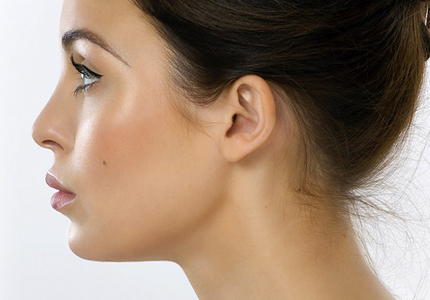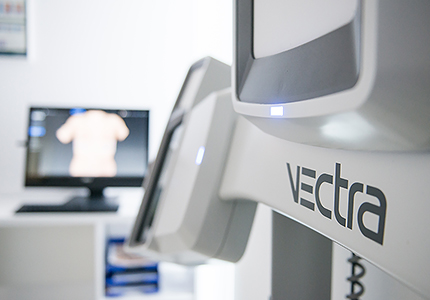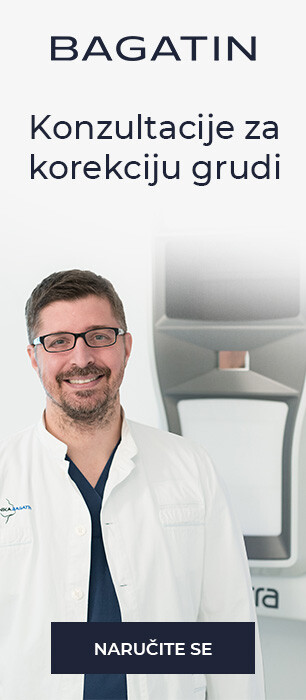Cleft lip and palate are among the most common congenital malformations in the area of the head and neck. In our common language, there are ugly names like "harelip" for cleft lip and "wolf maw" for cleft palate. Once when babies were born with some form of a split, due to its aesthetic appeal and disturbed functions, especially speech, they were marked for life in a certain way in society. Today, cleft lip and palate surgery are successfully treated so these children who were born with this malformation, at the end of treatment are not different from their peers.
About the procedure
By treating the rift what we try to correct altered anatomical forms which occurred because of the cleft and establish the normal function of splintered orofacial areas. Healing the split is not easy and often requires the cooperation of several specialists. Starting the treatment of children born with a cleft depends on the type of cleft. Treatment begins immediately after birth when the alveolar continuation of the upper jaw is torn. During the first or second week prints are made and a palatal plate is created which the child carries freely in the mouth until oral surgery. The plate is controlled and if necessary corrected or changed. The role of the plates is to bring segments of the upper jaw as close to each other as possible so that the result of oral surgery remains permanent. When cleavage does not affect the upper jaw or only the palate is affected the palatal plate is not required.
Am I a candidate?
Generally, cleft lip surgery is adjusted between 3 and 6 months after the birth of a child. The child must weigh to approximately 4.5 kg, at least 10 weeks old, and its hemoglobin should be above 100mg/l and for the operation has to be healthy and in good physical condition. Cleft soft palate can be closed separately from hard or soft and hard palate is closed at once. The procedure is usually done after the age of one year, certainly before the child starts to speak. Secondary corrective procedures on the lip or nose or palate are made later.
Price
The package includes: an operation under general anesthetic, short stay in the Bagatin Clinic after the surgery, control and bandaging in the first postoperative days, as well as the necessary controls within a year.
Similar services
People who have visited this page have also shown interest in these services:
Free online consultation with our doctors
Send enquiryFeel free to contact us
By phone on +385 1 46 10 225 or through our online contact form
Send enquiry
Locations
| Green Gold Tower Ul. Grada Vukovara 269a/10, 10000 Zagreb |
|
| Donji grad Frana Folnegovića 1c/1, 10000 Zagreb |
|
| Dioklecijan Hotel & Residence Kranjčevićeva 45/1, 21000 Split |
Where to park
| Parking available in Green Gold centre, Zagreb underground garage. For detailed information download a map |



